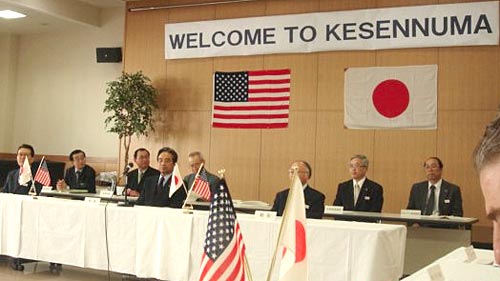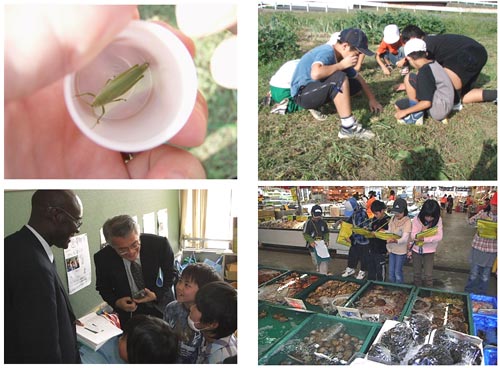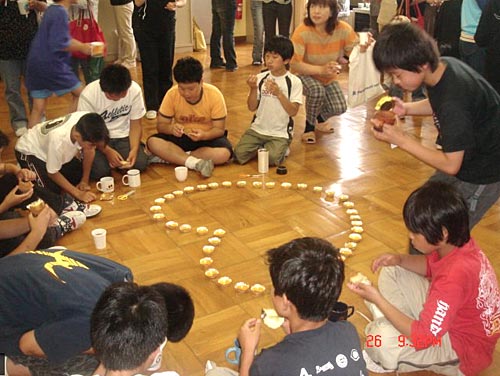
 |

Reflections on the Nature of Community My Kesennuma by Kyoko T. Jones I am Japanese, but not from Kesennuma. Still I know and have great fondness for Kesennuma. For almost ten years I worked with the people of Kesennuma through the Fulbright Memorial Fund Teacher Program, and Master Teacher Program. During that time, I learned that Kesennuma is a special place. It draws on both the mountains and sea for its sustenance. Its people are committed to sustainably developing natural and human resources. During their work with our projects, they became so committed to the principles of sustainable development that Kesennuma became recognized by the United Nations as a leader in education for sustainable development.
Through the MTP, it has participated in exchanges of teachers and students with various parts of the United States. It has worked hard through the use of new media, such as videoconferencing to connect its classrooms with ones in places as diverse as Madison, Wisconsin and the small town of Callisburg in Texas. Its teachers have helped to train American teachers and UN experts in the ways of carrying out education for sustainable development. In addition to all of that, it was a vibrant community with well-established cultural traditions and a sense of hospitality. It has expressed this through embracing the slow food movement.
Today, the images we see of the Kesennuma area
are quite different. They show the havoc of a moment that washed
buildings into the sea and ignited them into mounds of flaming
wreckage. Yet news reports also captured the image of an old
man in the region who was trapped on the second floor of his
house for three days. When he came down with the rescuers, news
reporters asked how he was. He told them he was fine - he had
once before survived the loss of everything, in the disastrous
tsunami of 1960. He cheerfully added, “Let’s rebuild!” His
spirit is shared by Kesennuma-jin.
About | On Community | Heritage | Map Project | Other Activities | What's New | Links | Feedback Copyright 2011 Third Responders |


